Resuming in the delayed narration of my life, or perhaps, more accurately, some adventurous highlights therein, the saga picks up on October 3rd – a mere four days before life took a sudden and tragic detour. It was an unassuming Tuesday, one that I had taken off from work to go on a family outing during the holiday of Sukkot, and our plans were quite simple. Since beginning my research on the usage of caves in the medieval periods, one particularly accessible cave – the Te’omim Cave – remained at the forefront of my mind, thoughts and plans always lingering, waiting for the perfect opportunity to see the cave with my very own eyes.
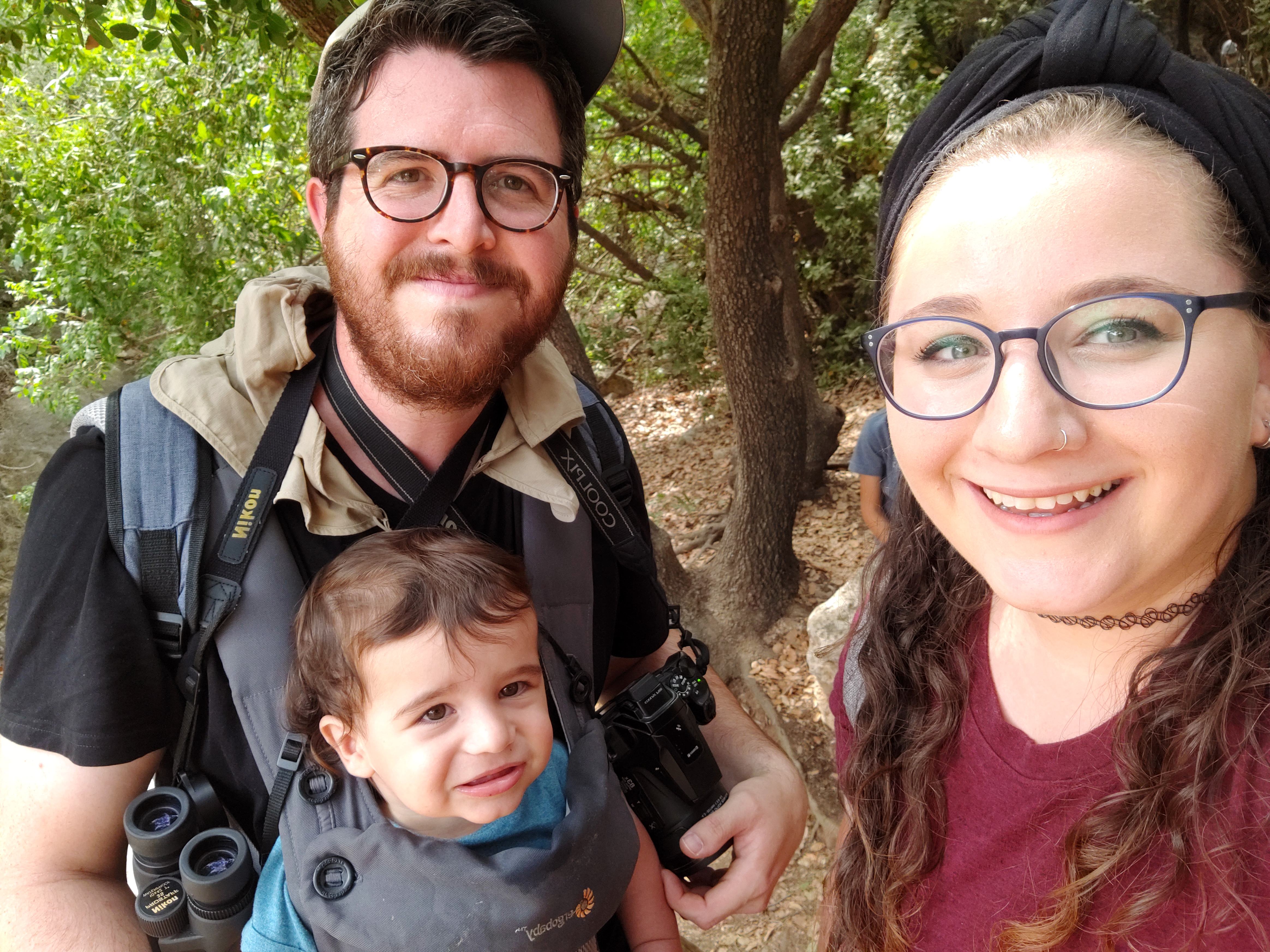
Enjoying a family outing
At last, the opportunity presented itself and we planned a family outing to go hike to the cave, to see what was there to be seen. Timing was quite essential, as the cave is physically fenced off during the winter months to keep the local bat population, engaged in a quasi-hibernation, unbothered by human visitors. Packing water, snacks, my binoculars, camera and a few trusty flashlights, we drove down to the area of the cave, located just a few minutes outside of Bet Shemesh.
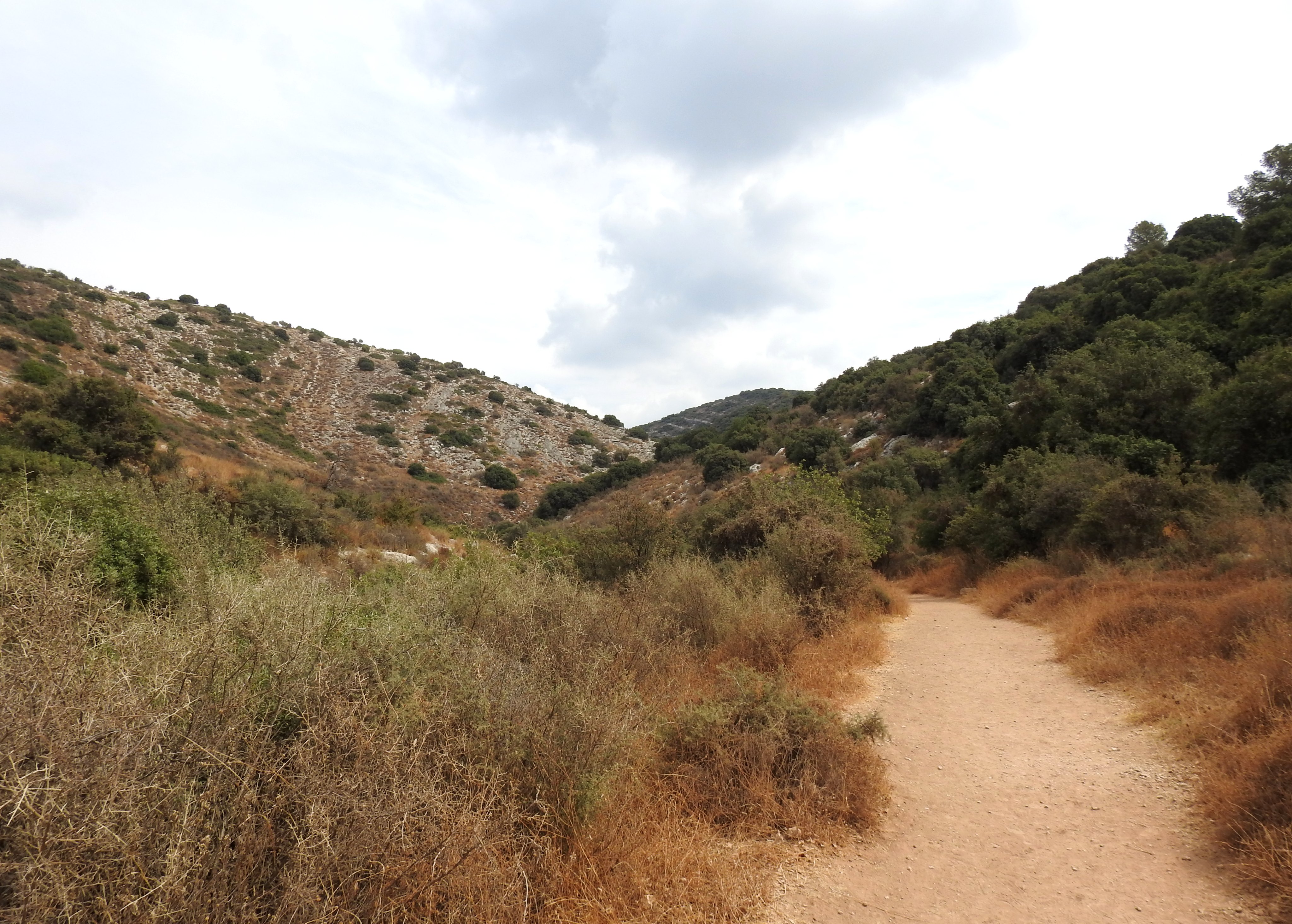
The trailhead
Many goals were set out for this trip, the primary one being to explore the tantalizing cave and to have a rewarding family experience. But there was also a photo contest at play, where amateur and professional photographers alike submit nature photos taken during a select 48-hour period – and I was unfortunately at work for the first of the two days. This meant that, no matter the circumstances, if I wanted to participate, I had to take a worthy photograph on the Te’omim Cave outing. Alas, I did not win – the photo below was the best I could muster, taken on the walk from the main road (near where we parked) to the cave park entrance.
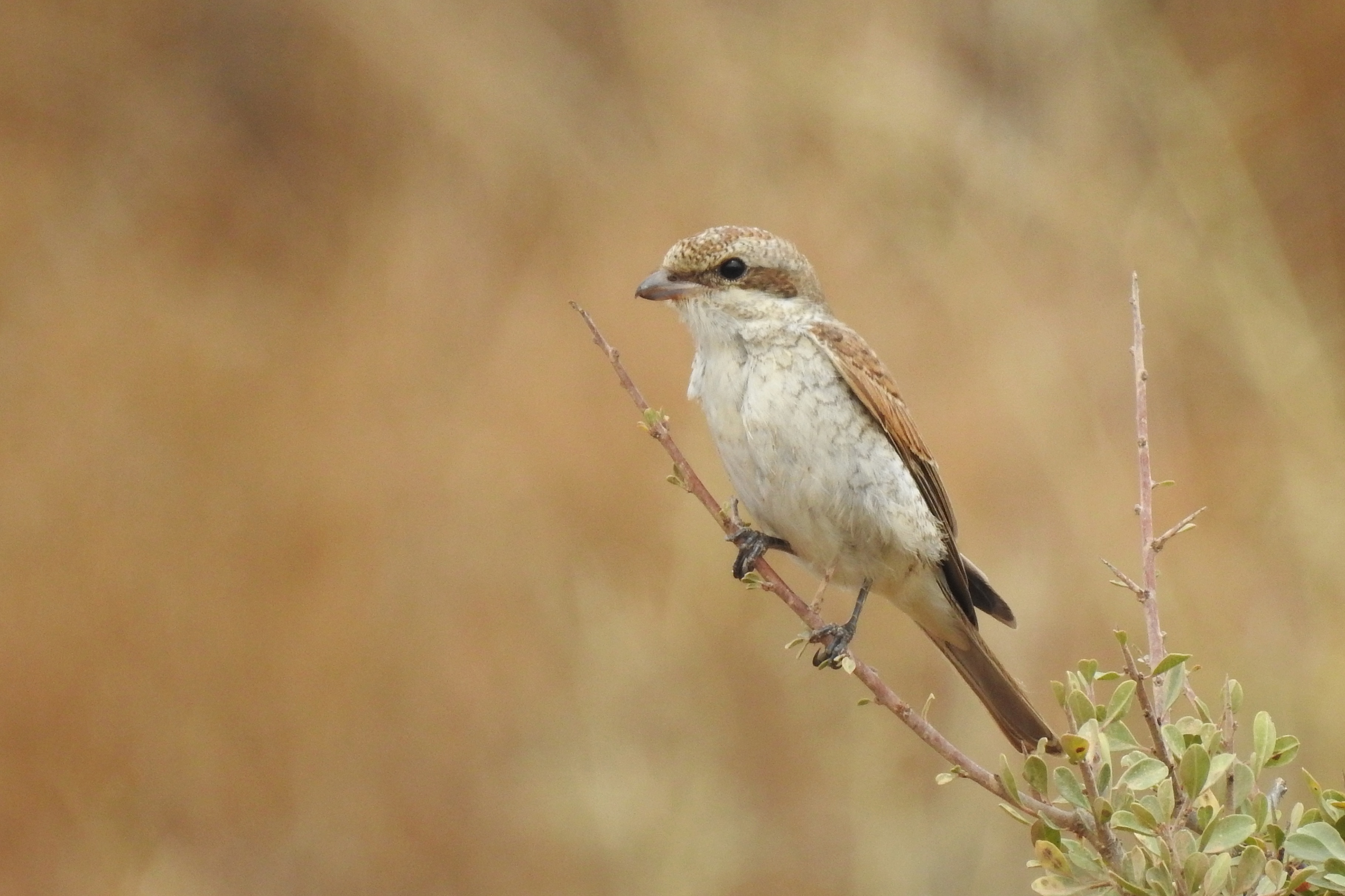
My entry into the photo contest – a juvenile red-backed shrike
While researching the cave itself, and poring over assemblages of medieval ceramics found within, I had become quite familiar with the layout. So, quite naturally, my anticipation grew as we began the official hike towards the cave, having exchanged pleasantries with the park rangers at the entrance. Amir was just over a year old, and not yet ready to hike on his own, so I wore him in the baby carrier, with my camera and binoculars nestled safely to the sides.
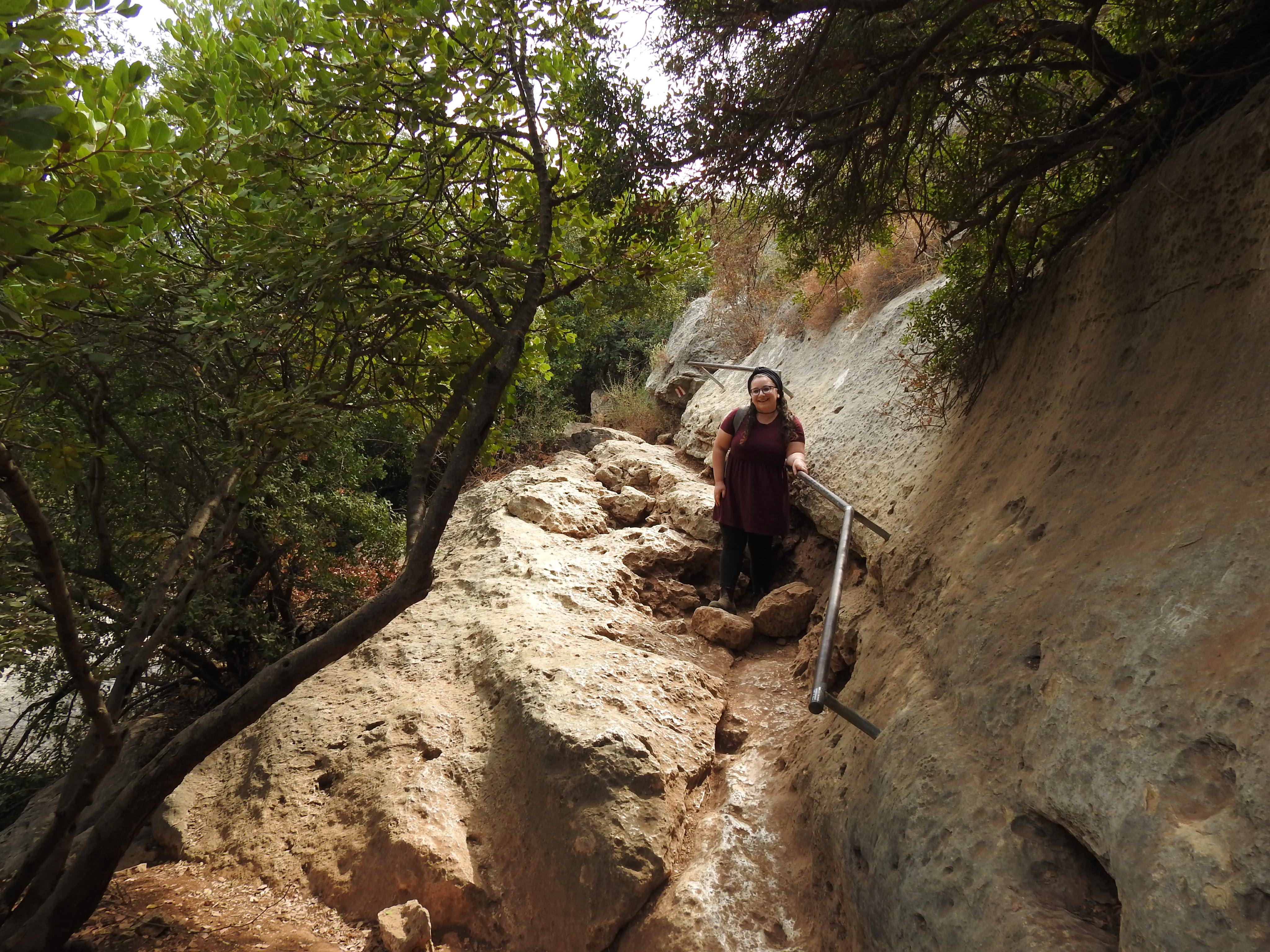
Climbing up the rocky path
Bracha set the pace as we hiked the dusty trail, passing scores of sweaty hikers who had just come from the direction of the enchanting cave. As the elevation climbed, albeit gently, the trail became a bit more challenging, with slippery bedrock and well-worn handrails. We scampered over the rocks, pausing briefly here and there to take a few pictures, and continued on our way.
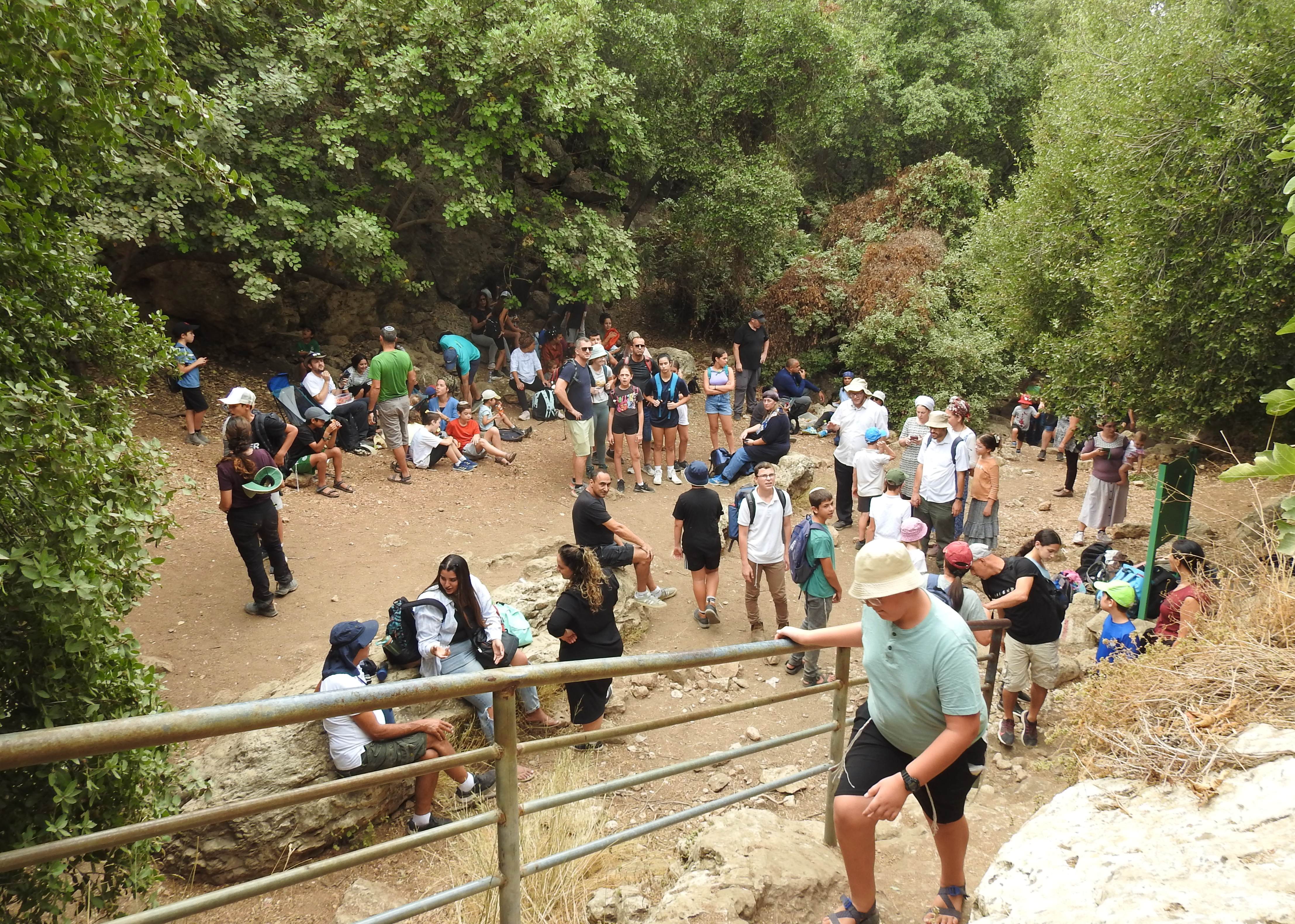
Loads of people outside the cave
At last, having travelled less than a kilometre, we reached the cave and were shocked to see the masses of people sprawled about – some seeking shade, some picnicking and some queued up to enter the cave. Duly, we joined the growing line and awaited our turn to gain entrance into the beckoning yawn cracked into the planet’s surface. Whilst patiently waiting, a little surprise made itself our way – none other than the parents and sister of Miriam Yablon (who made a guest appearance in the posts about Sachne and Park HaMaayanot).
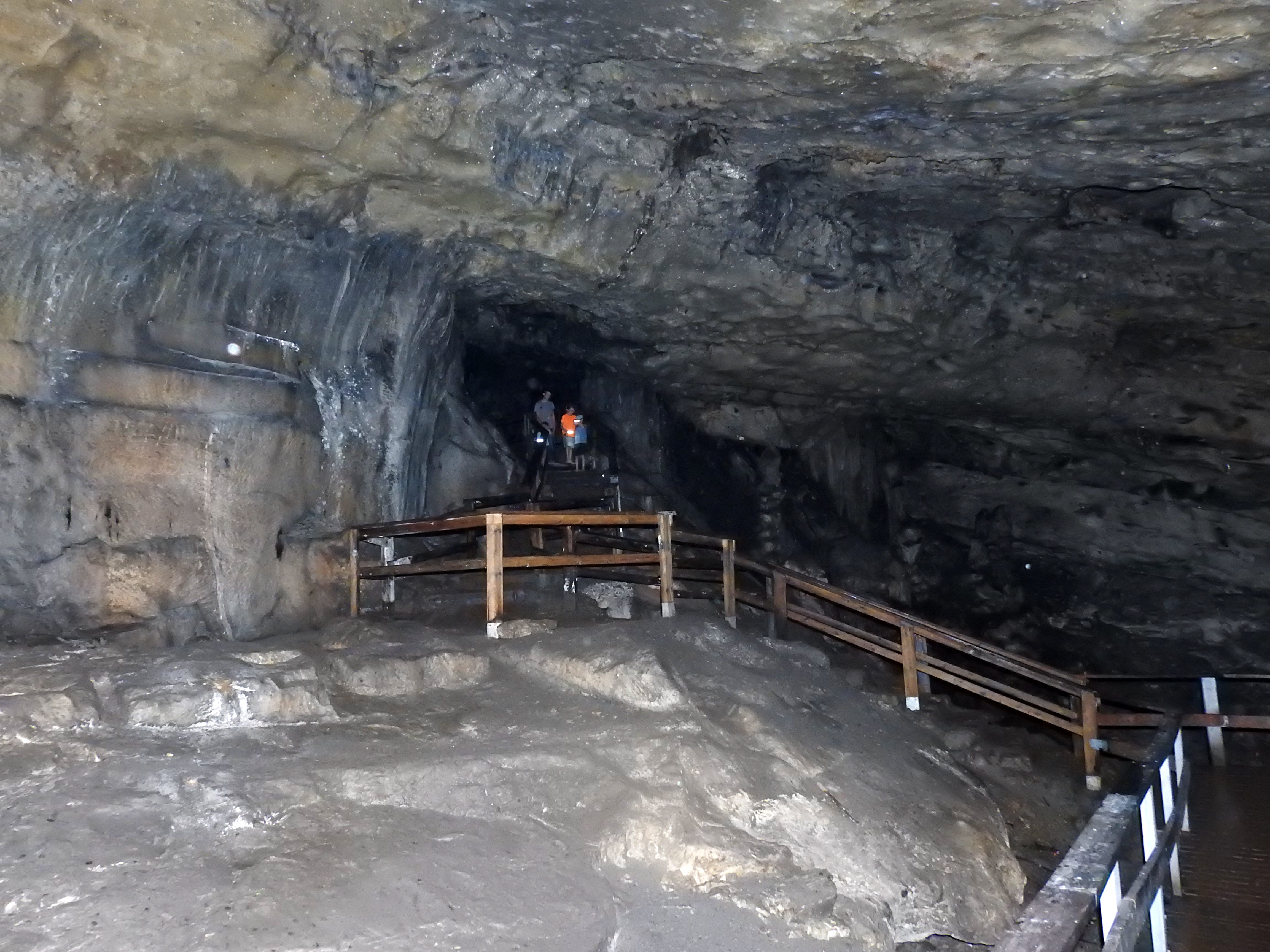
The railed path snaking through the cavern
Once the madding crowd thinned some, and a shadow replaced the harsh sun on the guano-encrusted wood railings, we found ourselves within the cave’s large entrance hall. The wood railings provided direction, taking us deeper into the drippy cave, to the point that the sun’s most valiant efforts couldn’t penetrate the inky darkness.

Speleothems inside the cave
Despite the urge to recoil from the sensation of mysterious liquids and slimes on the bannisters, I clutched tightly, keeping Amir safe as he dangled before me up against my chest. My relatively powerful flashlight’s beam danced upon the glistening cave walls, illuminating a grungy world built of speleothems and fallen rocks – the result of eons of erosive moisture.
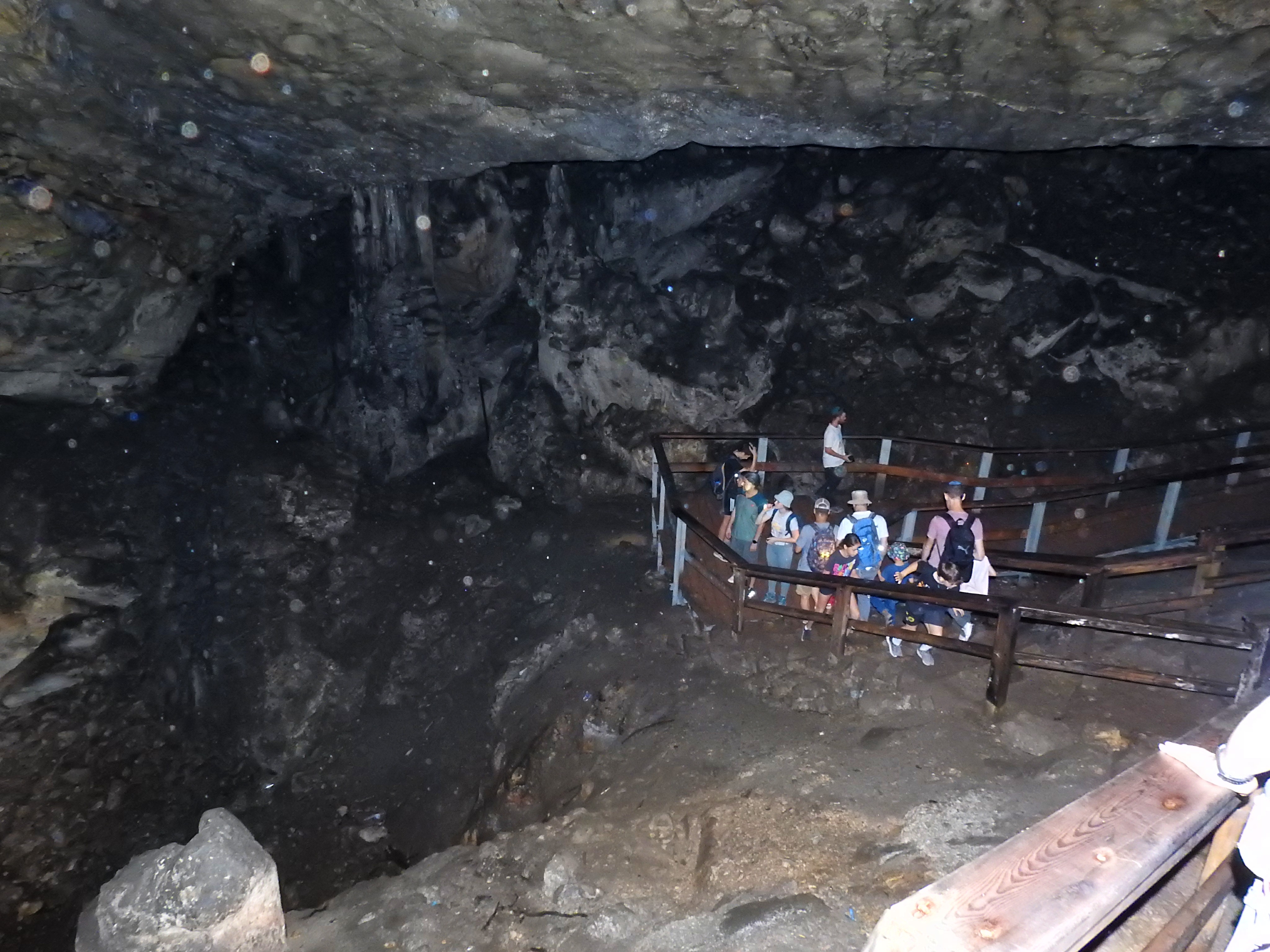
Attempting to portray the cave’s internal dimensions
I’ve always enjoyed the cool-but-clammy embrace of life underground, and look back fondly at the times that I have spent in the various subterranean recesses that I’ve become acquainted with (especially Murabba’at Cave 2 in the Judean Desert, Alma Cave in the Galilean mountains and the burial caves at Tel Goded). However, with a small and potentially somewhat frightened child in stow, a prolonged visit wasn’t going to work too well. So, to maximise my time within the cave, I deposited Amir back to his mother at the cave entrance, and dashed back into the darkness, trying earnestly not to slip and soil myself on the mucky pathway.
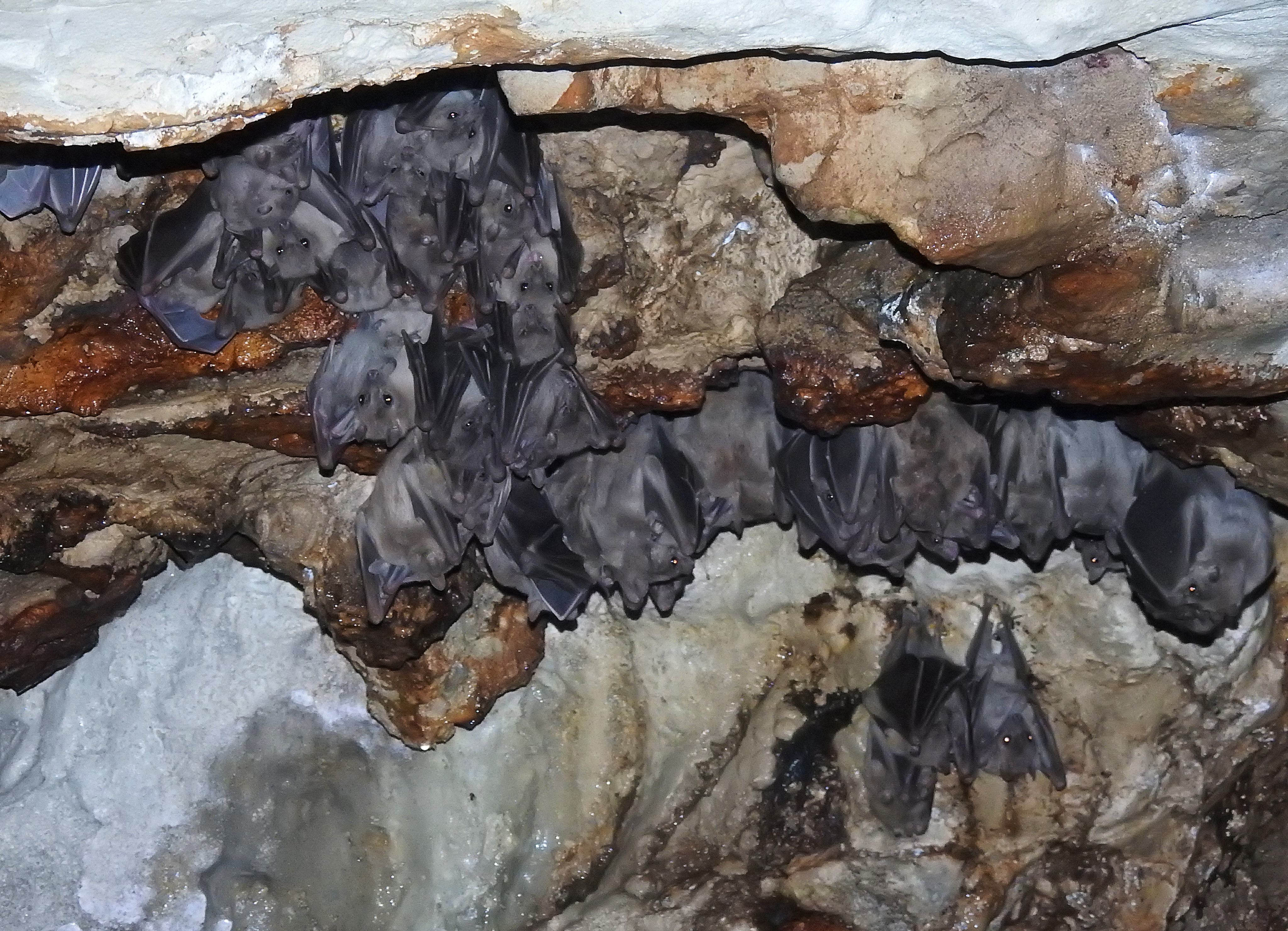
Some of the many fruit bats dangling from the cave ceiling
There was the ever-present sound of innumerous Egyptian fruit bats squeaking in their lofty roosts up above, tucked into colonies along the hall’s ceiling – which peaks at about ten metres. The bats taunted me as I groped through the darkness, relying on my single flashlight to find my way through the damp cavern. The pathway followed a zigzag course, passing closely to the northern wall, and eventually ended at a platform beside a placid hewn pool of water.
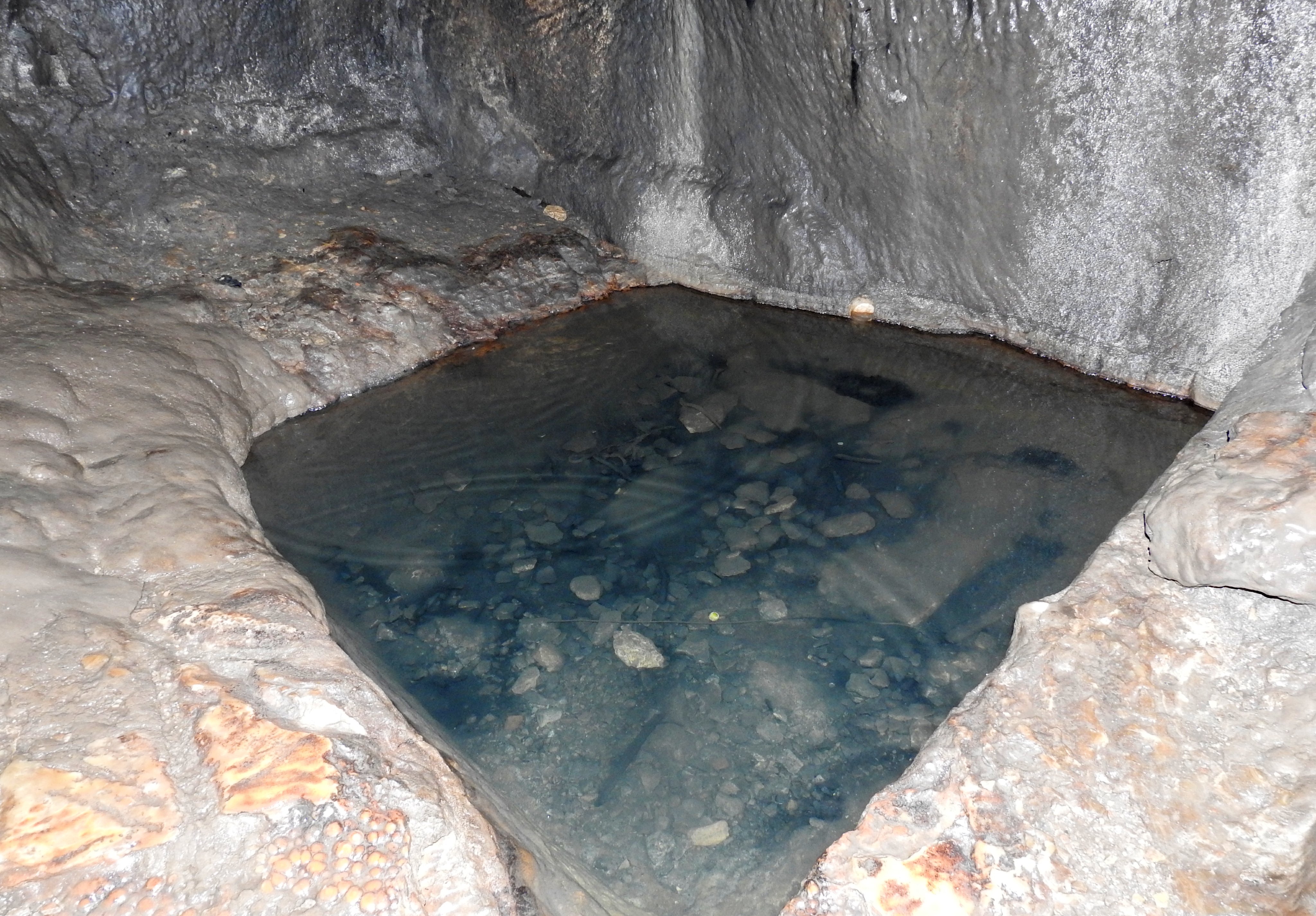
The hewn pool at the end of the trail
While the cave was first explored in the name of science in 1873, it was none other than one of my department professors, Boaz Zissu (featured in a handful of my more adventurous posts from 2017-2019), who made some of the most remarkable discoveries with his teams of researchers, deeper within the cave’s passages. Over the years of cave surveying, he and his teams had found staggering evidence of human presence during the Bar Kokhba rebellion against the Romans some two thousand years ago. In addition to stashed weapons, they found three hoards of ancient coins that had presumably been stashed there towards the end of the fateful war, the owners most likely not having survived, leaving the coins to be forgotten for ages.
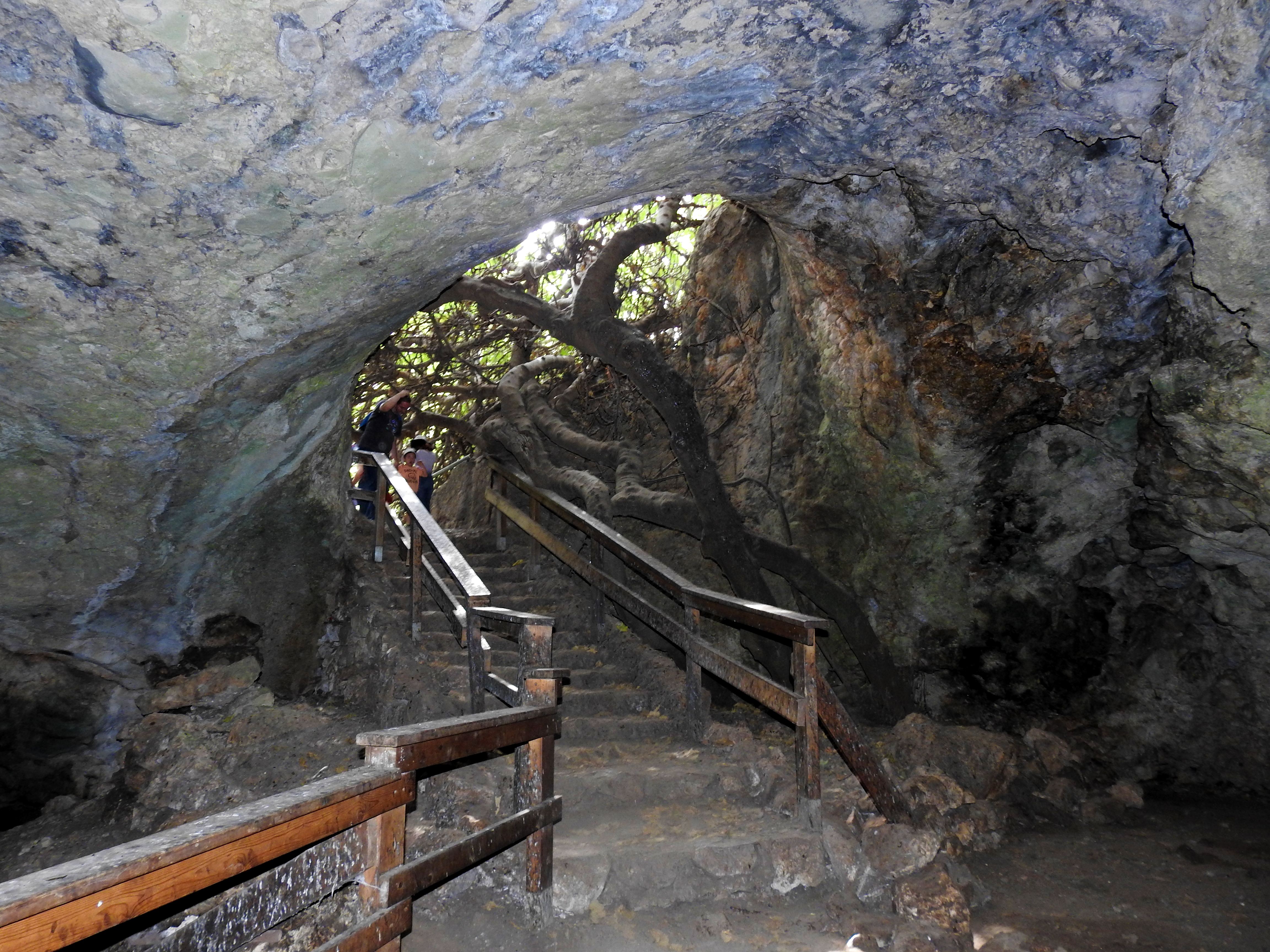
Leaving the enchanting cave
Alas, on a simple hiking trip and surrounded by families and the like, I couldn’t galavant to my liking in search of the semi-hidden passages. I resolved to take a good number of photos, the best my camera can do in the darkness, and rejoin my family who had begun to unpack a small picnic on the rocks outside the cave. Once we had adequately rehydrated and refueled, we packed ourselves up again and began the hike back towards the car. It was a family day, meant to be enjoyed to its fullest, so we decided to also get some delicious schwarma wraps in Bet Shemesh before taking the drive back home.